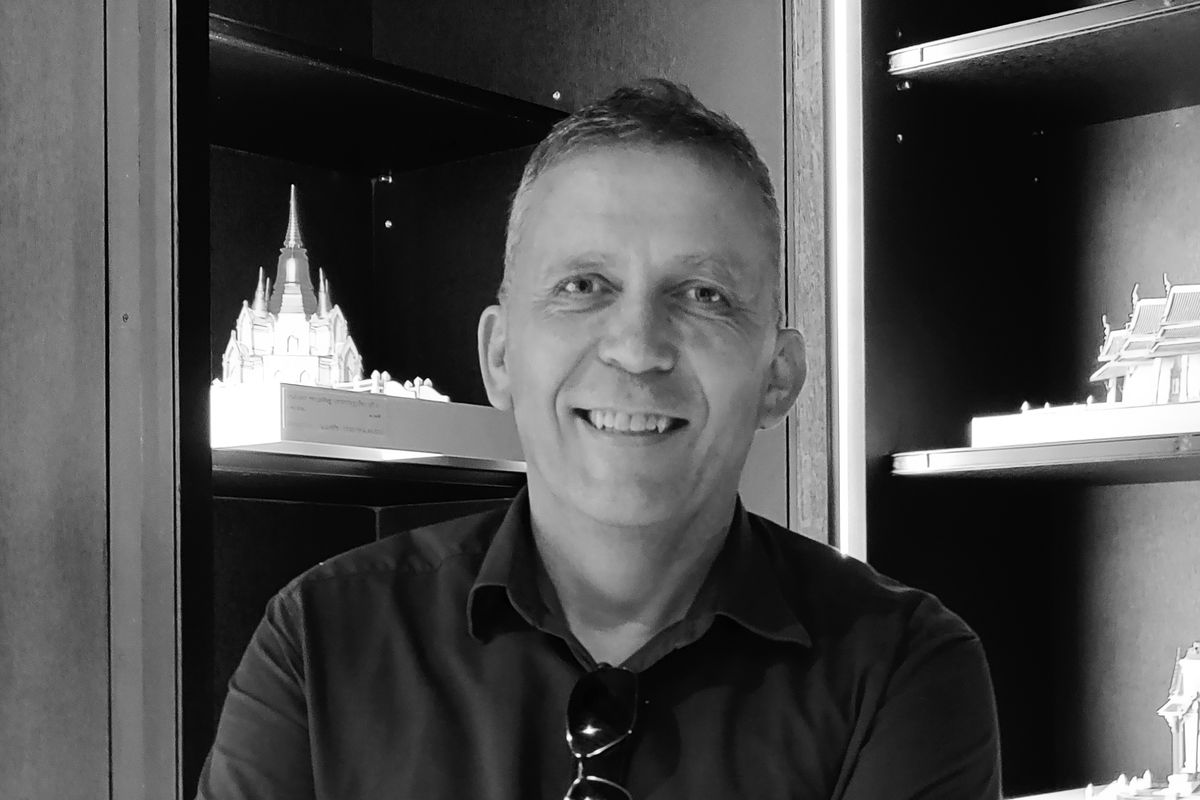The challenge in education is always the same: how to get inside the mind of the student and get them to perform at their best, whatever the task at hand. What changes are the cultural and technical environments in which both teacher and student operate.
In eight years of teaching in Thailand, I have learnt what most expats learn: that everything you used to take for granted no longer applies. Having grown up in the relatively egalitarian culture of Australia, I now work in a far more layered social context, teaching Thai students how to be “international” through the medium of architecture. In simple terms, that means teaching in English about construction, theory or design. In more complicated terms, it means helping them to question inherited ideas by using Western modes of thought. As a result, I am not only talking to students about architecture but also showing them what it means to formulate an idea based on logic, reason and critical thinking. These are the necessary foundations in the formation of character for anybody who wants to spend a career working out – for themselves and for others – what type of buildings we should create and what type of cities we should live in. Knowing that there are other options is the first step for students to be motivated to learn and to develop their skills in order to start acting like an architect.
Along with the cultural shift, there is a generational shift. Digital technologies make it easy for students to search for and create images. Today, a student will show me more images in a twenty-minute desk crit than I will show them in a one-hour lecture. It’s no wonder they struggle to pay attention. This improved visual literacy should make this age one of great creativity, but all too often it masks impatience, a lack of attention to detail and an inability to engage with the kind of complex ideas that can be found only in books. These aspects make the job more difficult, but also more rewarding when you see students who succeed in applying their skills in practice or in master’s programs around the world.
Those of us who work in higher education are very fortunate to have been taught how to think in the first place and then to be employed in passing that skill on to others. In Thailand, I have had to rebuild basic teaching skills in order to cope with the different cultural context and the different learning styles of students. In doing so, I have learnt that being international means working between cultures to redefine shared goals in both education and architecture. This is a challenge for all of us.
Source

Discussion
Published online: 29 Oct 2020
Words:
Scott Drake
Issue
Architecture Australia, January 2020
















